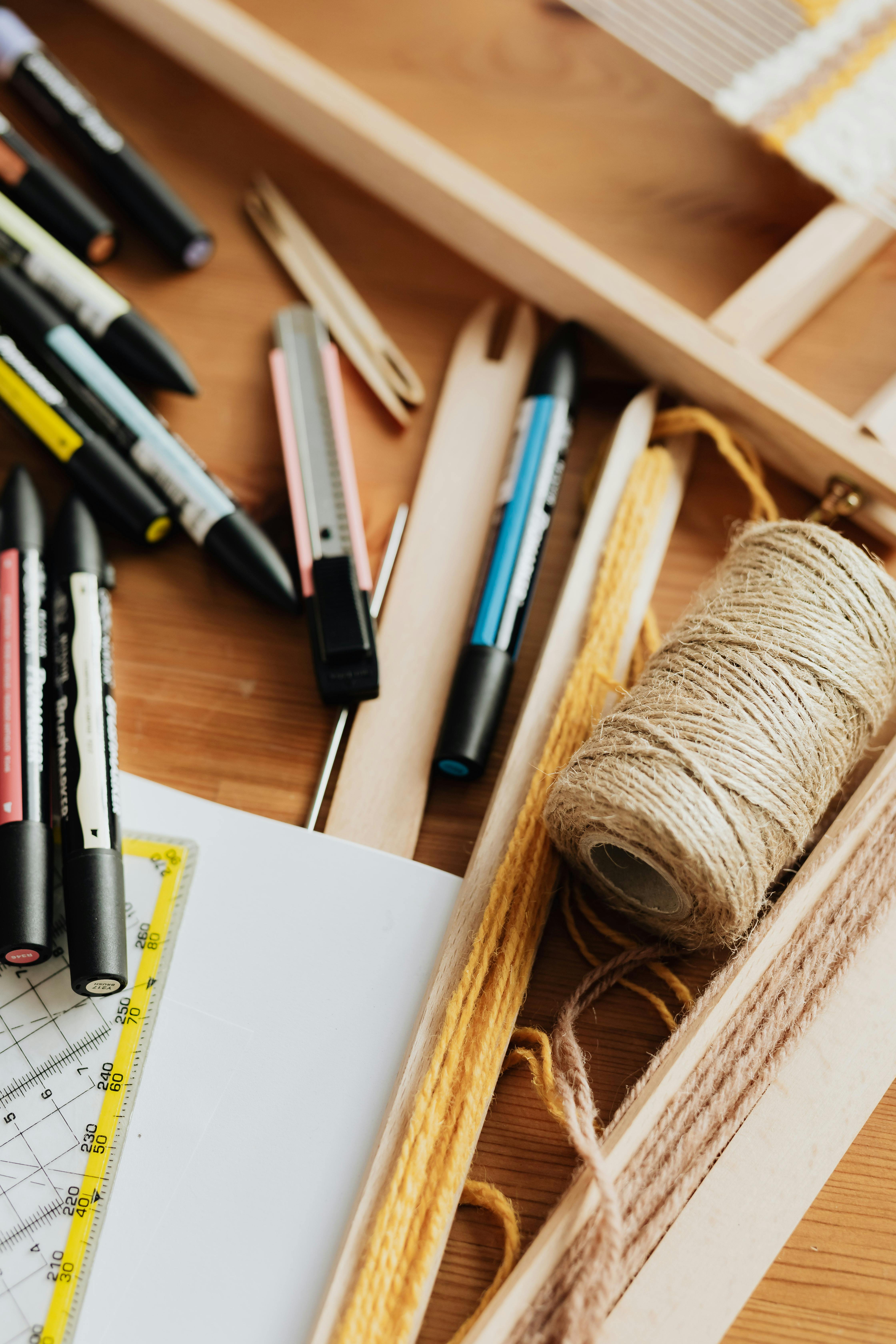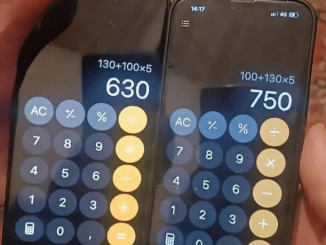
In the heart of Lower Manhattan, an unusual 29-story skyscraper, devoid of windows, stands tall and mysterious. Its code name is Titanpointe, and it is located at 33 Thomas Street. This building has baffled New Yorkers for years.
The building, constructed in 1974, was designed to withstand atomic blasts and was initially intended to house vital telecommunications equipment. It was envisioned as a communication nerve center, fortified against nuclear threats, by the architectural firm John Carl Warnecke & Associates.
This imposing structure, a gray tower of concrete and granite soaring 550 feet into the New York skyline, remains, unlike any other building in its vicinity. Unlike neighboring residential and office buildings, it does not have a single window and remains unilluminated. At night, it takes on an eerie presence, and by day it casts a giant shadow, its square vents emitting a faint hum, often drowned out by the city’s bustling sounds.
For decades, 33 Thomas Street, also nicknamed the “Long Lines Building,” has captured the imagination of New Yorkers as one of the city’s weirdest and most iconic skyscrapers. But the true purpose of this enigmatic structure has remained largely concealed, shrouded in secrecy.
The Secret Behind 33 Thomas Street
Beyond its enigmatic exterior, 33 Thomas Street conceals a deeper secret. This building appears to be more than just a telecommunications hub. Evidence from documents obtained by NSA whistleblower Edward Snowden, along with architectural plans and interviews with former AT&T employees, suggests that 33 Thomas Street served as an NSA surveillance site, code-named Titanpointe.
The NSA’s involvement goes beyond mere speculation. Inside the building, there’s a major international gateway switch that routes phone calls between the U.S. and countries worldwide. The NSA is believed to have tapped into these calls from a secure facility within the AT&T building. This covert surveillance program has targeted not only international organizations like the United Nations, the International Monetary Fund, and the World Bank but also numerous countries, including U.S. allies.
While AT&T has cooperated with the NSA on surveillance, few details have emerged about the specific role of facilities like 33 Thomas Street in carrying out top-secret programs. The Snowden documents, however, provide unprecedented insight into how NSA equipment has been integrated into AT&T’s network in New York City. This integration reveals the methods and technology employed by the agency to gather communications data from the company’s systems.
The NSA’s presence within this iconic skyscraper raises questions about the boundaries of surveillance in the modern world. As Elizabeth Goitein, co-director of the liberty and national security program at the Brennan Center for Justice, points out, “This is yet more proof that our communications service providers have become, whether willingly or unwillingly, an arm of the surveillance state.” The deep integration of the NSA within domestic communications infrastructure challenges the notion that such surveillance can be neatly confined to non-American targets.
I Returned Home to Find a Big Yellow Suitcase on My Doorstep with a Note – When I Opened It, I Went Pale

When Jenny moved into her fiancé’s house, she never expected a shocking discovery to unravel her dreams. A mysterious yellow suitcase left on the doorstep exposed a heartbreaking betrayal, leading her on a journey of strength and self-discovery.
I recently moved into my fiancé’s house, thrilled to start our new life together. He’s been away on a business trip, so I’ve been home alone, trying to make the place feel like home. Everything changed yesterday, turning my excitement into shock and disbelief.

A close-up of a young woman | Source: Pexels
Yesterday, I came back from a long day of shopping. As I pulled into the driveway, I noticed an enormous yellow suitcase on the doorstep. It wasn’t just the size or the bright color that caught my eye; it was the small note attached to it. The note read: “Open and run.”
My heart pounded. Should I call the police? Curiosity got the better of me. With trembling hands, I opened the suitcase, expecting the worst. What I found was even more shocking.

A scared woman covering her mouth | Source: Pexels
Inside the suitcase were photographs, letters, and mementos. There were pictures of my fiancé with another woman, their faces close and intimate. The letters detailed their relationship, their plans, and even mentioned me as an obstacle to their happiness.
“What on earth is this?” I whispered to myself, flipping through the photographs. My hands shook as I read the letters. Each word felt like a dagger to my heart.

A young woman staring at a distance on her porch with letters in front of her | Source: Midjourney
As I sat there, stunned, my phone rang. It was an unknown number. I answered, my voice shaky.
“Hello?”
“Hi, is this Jenny?” a woman asked.
“Yes, who is this?” I replied.
“My name is Claire. I’m the woman in the photos. I left the suitcase on your doorstep.”

A young woman talking on her phone | Source: Pexels
“Why? Why would you do that?” I asked, my voice breaking.
“I discovered the truth about you and your fiancé recently,” she explained. “He’s been lying to both of us. I tried to reach you before, but this was the only way I could think of.”
I was silent, processing her words. Claire continued, “I’m so sorry you had to find out this way. I thought you deserved to know the truth.”

A young woman talking on her phone at her table | Source: Pexels
“How long have you known?” I finally asked.
“About a month,” Claire said softly. “I couldn’t believe it at first. I thought you should know before it went any further.”
Just as I was trying to process Claire’s revelation, my phone rang again. This time, it was my fiancé. I didn’t answer, but he left a voicemail.

A woman checking her phone | Source: Pexels
“Jenny, it’s me. I just found out Claire knows about us. I’m worried about what she might do. Please, stay put until I get back. We need to talk.”
Feeling a mix of anger and betrayal, I decided to confront him. When my fiancé walked through the door, his eyes immediately fell on the dining table. There, spread out, were the contents of the yellow suitcase: photographs, letters, and mementos.
“Jenny, what is all this?” he asked, his face going pale.

Photos scattered on a table | Source: Pexels
“You tell me,” I said, my voice trembling but determined.
He looked down at the table and his expression changed from confusion to panic. “I can explain,” he stammered. “This isn’t what it looks like.”
“Oh really?” I snapped. “It looks like you’ve been living a double life. You and Claire. These letters. These photos. You lied to me!”

An angry woman gesturing | Source: Pexels
“It just happened,” he mumbled, not meeting my eyes. “I never meant to hurt you. Claire was…she was just someone I met during a tough time.”
“A tough time?” I echoed incredulously. “We’ve been planning our wedding. How could you do this?”
“I didn’t know how to tell you,” he said, his voice breaking. “I thought I could handle it. I thought I could keep both of you happy.”

A sad man sitting on the couch | Source: Pexels
“Well, you failed,” I said, feeling a mix of anger and sorrow. “And now I need to leave.”
I couldn’t stay another minute in that house. I packed my essentials into the yellow suitcase. As I zipped it up, the weight of what happened hit me. This suitcase, which had brought me so much pain, was now my lifeline.
“I need some time to think,” I told him, trying to keep my voice steady. “Don’t contact me.”

A close-up black and white shot of a sad woman | Source: Pexels
“Jenny, please,” he pleaded. “We can work this out.”
“No, we can’t,” I said firmly. “You lied to me. You betrayed me.”
With that, I walked out the door and drove to a nearby hotel. I checked in, feeling numb. The room was small and impersonal, but it was a refuge. I collapsed onto the bed, covering my head with a book I grabbed and letting the tears flow. The man I was supposed to marry had shattered my world, and I didn’t know how to pick up the pieces.

A woman covering her head with a book | Source: Pexels
The next morning, I reached out to my close friends and family. Their reactions were a mix of shock and outrage.
“I can’t believe he did this to you,” my best friend Lisa said. “You’re better off without him.”
“We’ll help you through this, no matter what,” said my brother, always the protective one.
My family rallied around me, offering support and comfort. “We’re here for you, Jenny,” my mom said. “We’ll get through this together.”
“Thanks, Mom,” I whispered, feeling a bit of relief.

An elderly lady talking on her phone | Source: Pexels
Surprisingly, Claire and I stayed in touch. We met a few more times, finding an unexpected bond in our shared pain. Our conversations were raw and honest.
“I’m so sorry for how you found out,” Claire said one afternoon over coffee. “I never wanted to hurt you.”
“I know,” I replied. “In a strange way, I’m grateful. You saved me from a lifetime of lies.”

Two women talking in a cafe | Source: Midjourney
We became an unexpected source of comfort for each other. Sharing our experiences helped us heal. We found solace in knowing we weren’t alone in our betrayal.
“I never thought I’d find a friend in this mess,” Claire said, smiling weakly.
“Neither did I,” I said. “But here we are, and it’s helping.”
As the days turned into weeks, I started to reflect on what happened. This painful experience had taught me about my own strength and resilience. I began focusing on my own happiness and personal growth.

A crying woman in a red sweater | Source: Pexels
“I won’t let this define me,” I told myself. “I will move forward.”
I took up new hobbies, reconnected with old friends, and started taking care of myself in ways I hadn’t before. Each day was a step toward healing.
I joined a yoga class, something I had always wanted to try. The physical activity helped clear my mind and brought a sense of peace I desperately needed.

A woman practicing yoga Source: Pexels
I also started journaling, pouring my feelings onto the pages. It was therapeutic, a way to process everything that happened. Writing about my journey helped me see my own strength and the progress I was making.
I began attending therapy sessions, which provided professional guidance and support. My therapist helped me navigate my emotions and rebuild my self-esteem.
“You’re stronger than you think,” she would often say. And slowly, I began to believe her.

A happy, smiling woman | Source: Pexels
I looked forward to new beginnings and the endless possibilities ahead. The suitcase that once symbolized heartbreak had now become a symbol of my resilience and strength.
Charged My Husband’s Old Phone and Saw a Teenage Photo of Our New Nanny – I Thought I Was Losing It until I Called My MIL
I put my husband’s old phone on charge and went through it expecting to find embarrassing photos of him as a teenager. Instead, I discovered a shocking connection to our new nanny. What I found turned my world upside down and led to a revelation that left me questioning everything about our marriage.
I was cleaning out the junk drawer in the kitchen. You know, the one where all the random stuff ends up. Old receipts, expired coupons, and mystery keys.

A drawer filled with pens, rulers, and other supplies | Source: Pexels
As I sorted through the mess, I found my husband’s old high school phone buried under a pile of outdated chargers. It was dusty, and I vaguely remembered he said it was broken years ago.
Curiosity got the better of me. I thought it might be fun to see if it still worked, so I plugged it in. To my surprise, the screen lit up almost immediately. I couldn’t resist taking a look. What kind of teenage treasures might be hidden inside?

An old phone on top of a book | Source: Pexels
Embarrassing selfies, silly texts, or photos from his high school days? The possibilities were too intriguing to pass up. I settled down on the couch, ready for a little trip down memory lane, not knowing that what I was about to find would change everything.



Leave a Reply